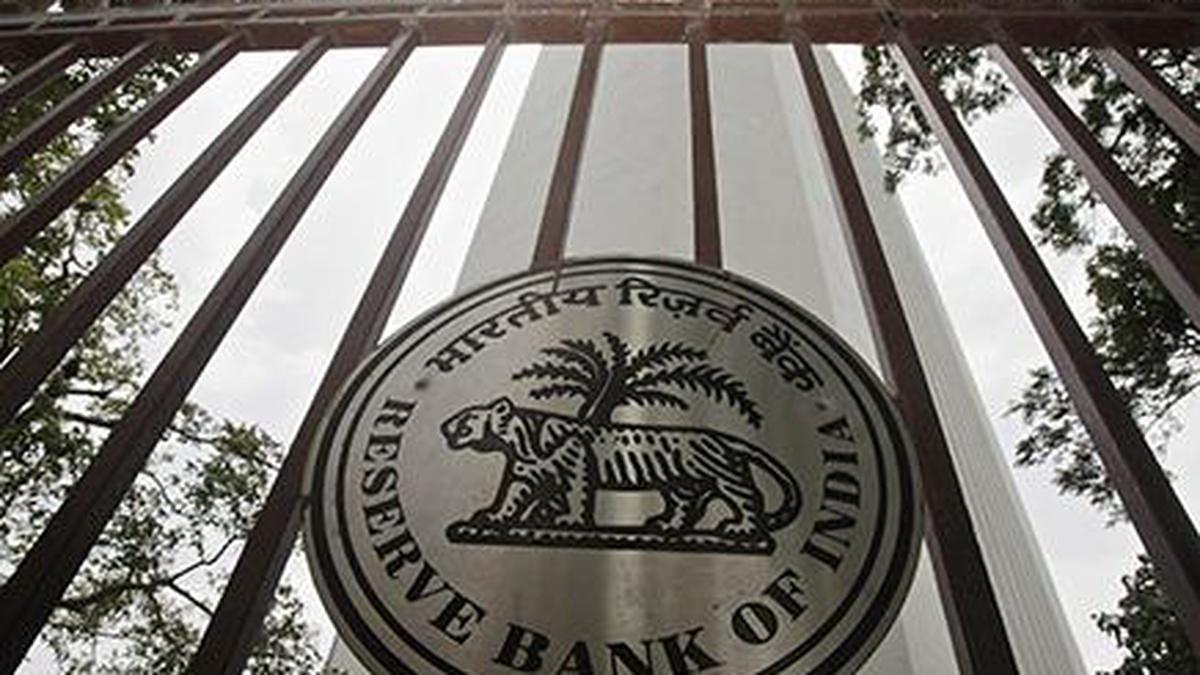RBI’s Scale-Based Regulation for NBFCs: Comprehensive Compliance Framework for Different NBFC Layers
Introduction
In October 2021, the Reserve Bank of India introduced a landmark regulatory framework through the Master Direction on Non-Banking Financial Company – Scale Based Regulation (SBR) Directions. This paradigm shift in NBFC regulation moves away from a one-size-fits-all approach to a tiered regulatory structure that aligns supervisory intensity with the size, complexity, and systemic importance of different NBFCs.
What is the Scale-Based Regulation (SBR) Framework?
The SBR Framework categorizes NBFCs into four layers based on specific parameters including size, activity, and risk profile: Base Layer (NBFC-BL), Middle Layer (NBFC-ML), Upper Layer (NBFC-UL), and Top Layer (NBFC-TL). Each layer faces progressively more stringent regulatory requirements proportionate to their potential impact on financial stability, creating a pyramid of increasingly intensive regulation.
Why is Scale-Based Regulation Required?
- Creates proportionate regulation based on NBFC size and systemic importance
- Addresses regulatory arbitrage between banks and larger NBFCs
- Recognizes diversity in the NBFC sector and avoids excessive burden on smaller entities
- Enables focused supervision on systemically important entities
- Balances financial innovation with stability requirements
Key Components of the Scale-Based Regulation Framework Layer Classification Methodology
Base Layer (NBFC-BL)
- Non-deposit taking NBFCs below ₹1,000 crore asset size
- P2P lending platforms, NBFC-AA, and NOFHC
- Non-customer facing NBFCs
- Classification criteria and methodology
Middle Layer (NBFC-ML)
- All deposit-taking NBFCs
- Non-deposit taking NBFCs with asset size ≥₹1,000 crore
- Standalone Primary Dealers, CICs, HFCs, and IFCs
- Migration mechanism between base and middle layers
Upper Layer (NBFC-UL)
- Top 10 eligible NBFCs by asset size
- Additional NBFCs based on parametric assessment
- Selection methodology and parameters
- Notification process and transition requirements
Top Layer (NBFC-TL)
- Reserved for NBFCs posing systemic risk
- Triggers for classification into top layer
- Enhanced regulatory supervision criteria
- Regulatory intervention mechanisms
Regulatory Requirements by Layer
Capital Requirements
- NBFC-BL: Minimum Net Owned Fund and CRAR requirements
- NBFC-ML: Enhanced capital ratios and Tier composition
- NBFC-UL: Common Equity Tier 1 and additional buffers
- NBFC-TL: Bank-like capital framework
Governance Standards
- NBFC-BL: Basic governance requirements
- NBFC-ML: Enhanced board composition and committee structures
- NBFC-UL: Independent director requirements and specialized committees
- NBFC-TL: Bank-equivalent governance standards
Prudential Regulations
- NBFC-BL: Core prudential standards
- NBFC-ML: Enhanced exposure norms and provisioning
- NBFC-UL: Concentration limits and additional buffers
- NBFC-TL: Bank-equivalent prudential framework
Disclosure Requirements
- NBFC-BL: Basic disclosure standards
- NBFC-ML: Enhanced public disclosures
- NBFC-UL: Comprehensive disclosure framework including risk exposures
- NBFC-TL: Bank-equivalent market discipline disclosures
Supervisory Framework by Layer
Regulatory Reporting
- NBFC-BL: Simplified reporting formats
- NBFC-ML: Enhanced reporting frequency and detail
- NBFC-UL: Comprehensive regulatory returns
- NBFC-TL: Bank-equivalent reporting standards
Supervisory Approach
- NBFC-BL: Light-touch, returns-based supervision
- NBFC-ML: Thematic and focused examinations
- NBFC-UL: Intensive supervision with annual inspections
- NBFC-TL: Continuous supervision and monitoring
Prompt Corrective Action
- NBFC-BL: Basic intervention framework
- NBFC-ML: Enhanced trigger points for intervention
- NBFC-UL: Comprehensive PCA framework
- NBFC-TL: Bank-equivalent PCA mechanisms
Key Compliance Challenges and Strategies
Transition Management
- Gap assessment methodology
- Compliance roadmap development
- Resource allocation strategies
- System and process modifications
- Phase-wise implementation approach
Enhanced Capital Planning
- Capital raising strategies
- Internal capital adequacy assessment
- Dividend policy adjustments
- Business growth alignment with capital
- Stress testing implementation
Governance Enhancement
- Board composition review
- Committee structure realignment
- Director independence assessment
- Policy framework enhancement
- Specialized expertise recruitment
Technology and Reporting
- Systems upgrade requirements
- Data quality enhancement
- Automation of regulatory reporting
- Risk management system integration
- Analytics capability development
Significant Changes from Previous Regime
Consolidated Group Approach
- Group structure assessment
- Intra-group exposure monitoring
- Consolidated supervision requirements
- Connected lending restrictions
- Related party transaction governance
Market Access and Listing
- Mandatory listing requirements for NBFC-UL
- Public disclosure enhancement
- Market discipline mechanisms
- Investor relations framework
- Credit rating requirements
Regulatory Convergence with Banks
- Activity-based regulation principles
- Harmonized prudential norms
- Equivalent compliance expectations
- Level playing field considerations
- Specialized sectoral provisions
Implementation Timeline and Transition
- Initial classification notification process
- Transition period allowances
- Phased implementation approach
- Compliance certification requirements
- Ongoing reassessment mechanism
Impact Analysis by NBFC Type
NBFC-Investment and Credit Companies
- Layer-specific compliance implications
- Business model adaptation requirements
- Competitive positioning considerations
- Growth strategy alignment
- Customer impact management
Housing Finance Companies
- Integration with SBR framework
- Specialized HFC provisions
- Alignment with housing finance regulations
- Dual compliance considerations
- Reporting harmonization approach
Infrastructure Finance Companies
- Infrastructure financing provisions
- Project finance considerations
- Long-term lending implications
- Sector-specific exemptions
- Infrastructure growth alignment
Conclusion
The Scale-Based Regulation framework represents a significant evolution in NBFC regulation, balancing the sector’s diversity and innovation potential with appropriate prudential safeguards. NBFCs across all layers should view this regulatory transition as an opportunity to strengthen their governance, risk management, and disclosure practices in line with their growth aspirations and systemic footprint.














